In 1801, the Kent Fire Office (a fire insurance company) provided a firefighting service in Deptford. This was before there were any public fire brigades.
The first Deptford fire station was in Evelyn Street. This takes its name from John Evelyn (1620-1706), who was a courtier, diarist and garden designer who lived in Deptford for much of his life. Deptford was a part of Kent until 1889, when it became part of the new County of London. The fire station personnel joined the Metropolitan Fire Brigade (MFB), the first public fire brigade in London.
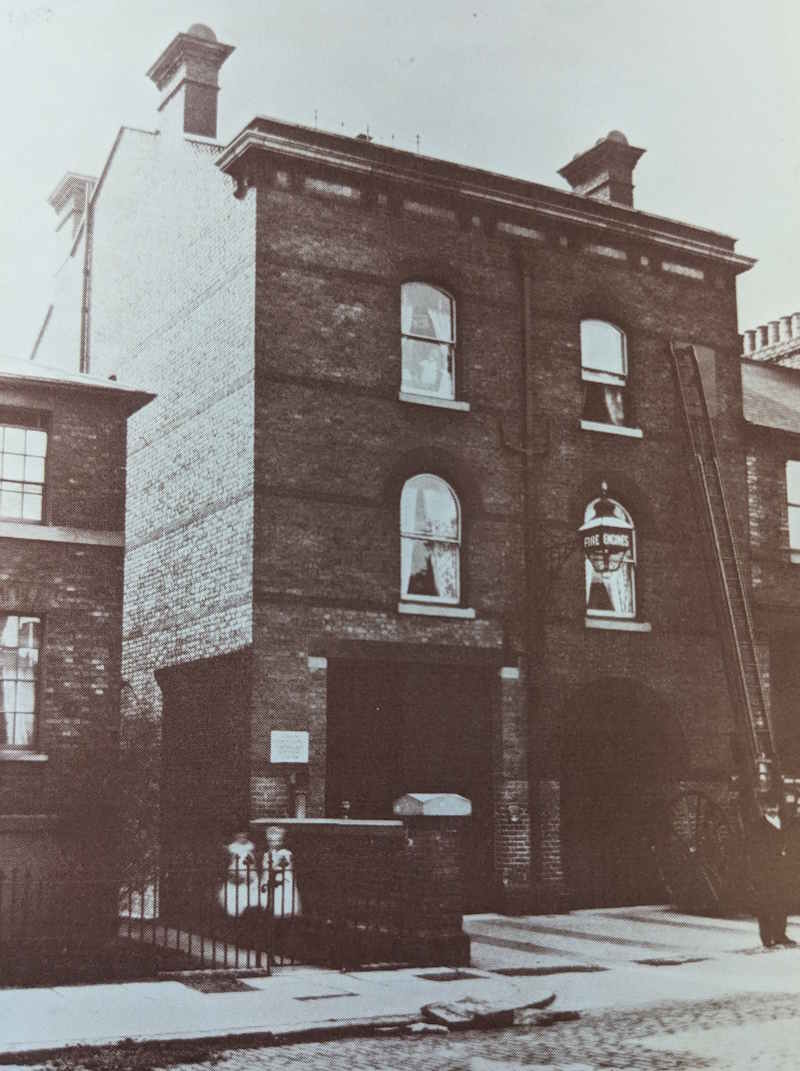
Deptford Fire Station, taken in around 1903
In 1870, the MFB built a new station in Evelyn Street. However, with the industrialisation of South East London, and the expanding railway network, Deptford grew rapidly and soon required a larger fire station.
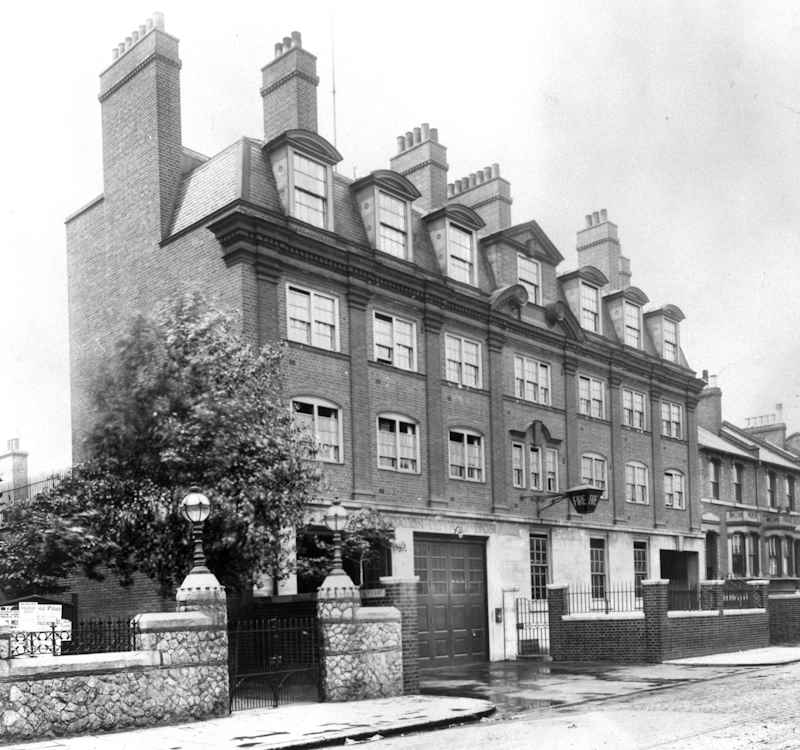
Deptford Fire Station exterior, taken around 1905
The current fire station opened on the same site in Evelyn Street, in 1904. It provided accommodation for single men, as well as married quarters, in cottages attached to the station.
The Auxiliary Fire Service (AFS) formed nationally in 1938, as part of the Civil Defence Service, to strengthen the resources of the regular fire services in wartime. It was also the first time women could join the fire service. Their duties included key roles such as despatch riders and staffing control rooms.
Deptford Fire Station was supported by six substations. These were mainly at schools, garages and small factories, adapted for use as fire stations. Including:
In 1941, all fire brigades, including LFB, became part of the National Fire Service (NFS) and this included station C42 Deptford.
As Deptford was close to the docks and Central London, the area suffered from regular bombing raids from V1 flying bombs and V2 rockets. The NFS personnel would have responded to the sites of many of these attacks to fight the fires.
In 1948, the NFS was disbanded, and LFB was re-established.
The Surrey Commercial Docks were still operating up until the late 1960s and crews from Deptford would have attended incidents in and around the docks, alongside colleagues from other stations. The Surrey Docks had its own LFB fire station, called Pageants Wharf until it closed in the late 1960s. The building still exists at 241 Rotherhithe Street, adapted to other uses.
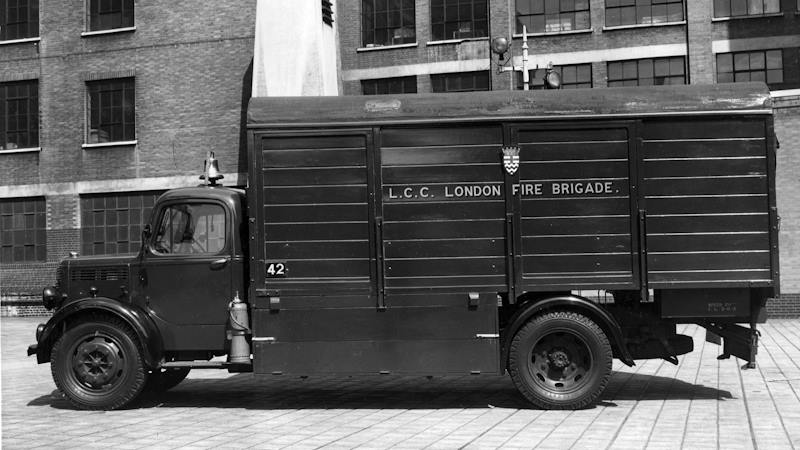
Foam Tender at C42, that was replaced by a new appliance in 1962
For many years, a foam tender was based at Deptford there, which attended certain incidents all over London. Whilst water is used to deal with most fires, those involving oils or certain other chemicals need foam to actually smother the fire and cool them down.
In 1965, with the formation of the Greater London Council, Deptford became station B27. It later became station E36, as it remains to this day.
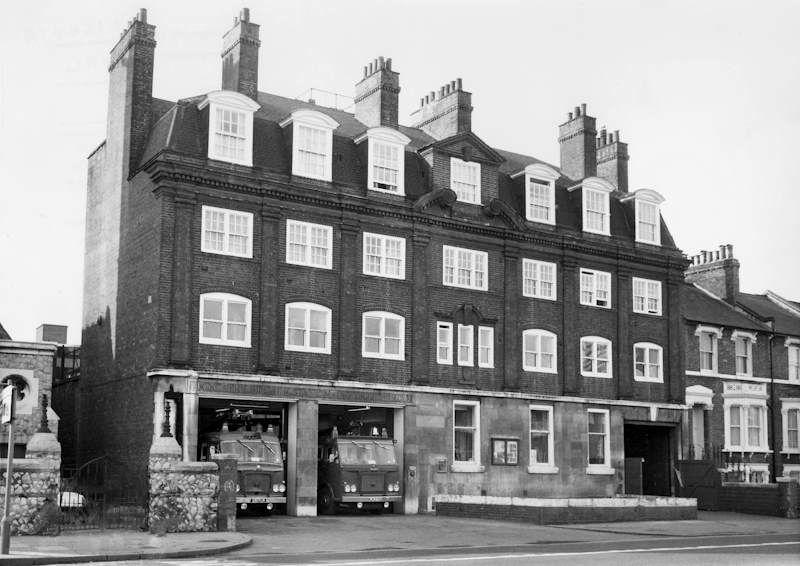
Deptford Fire Station exterior, taken around 1977
The building was Grade II listed in October 1999 as a building of special architectural interest by Historic England.
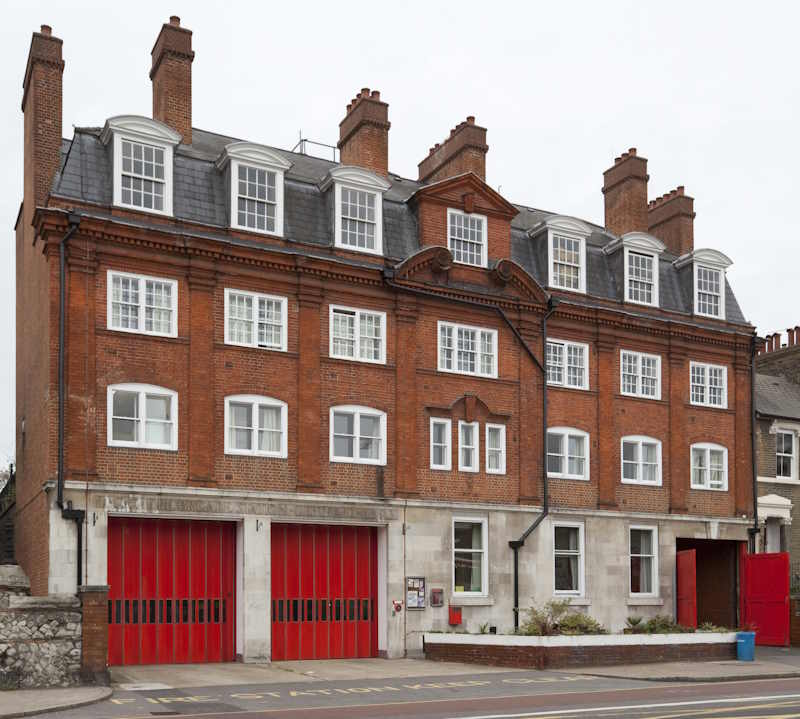
Deptford Fire Station, taken in around 2009
Deptford Fire Station responds to a variety of incidents including fires, road traffic collisions and flooding, as well as extensive community-based fire safety work.
As well as incidents in Deptford, the firefighters will often assist colleagues in Greenwich, New Cross and other stations when they are busy with other incidents or need more support vehicles.
The fire station is also home to a pump ladder fire engine, the hardworking vehicle that covers most routine fire and rescue needs.
This was researched and written by museum volunteer Alan F.